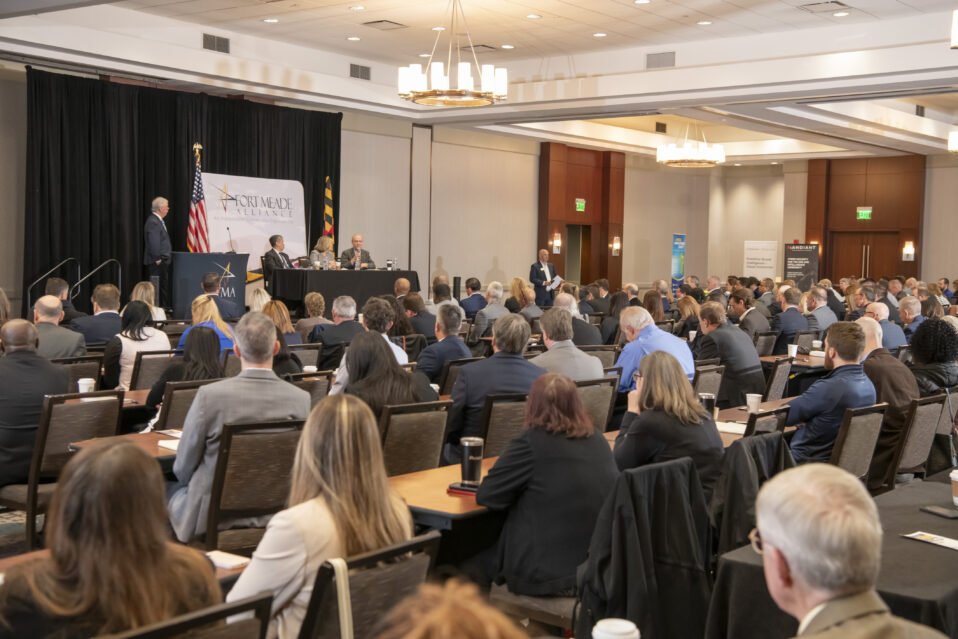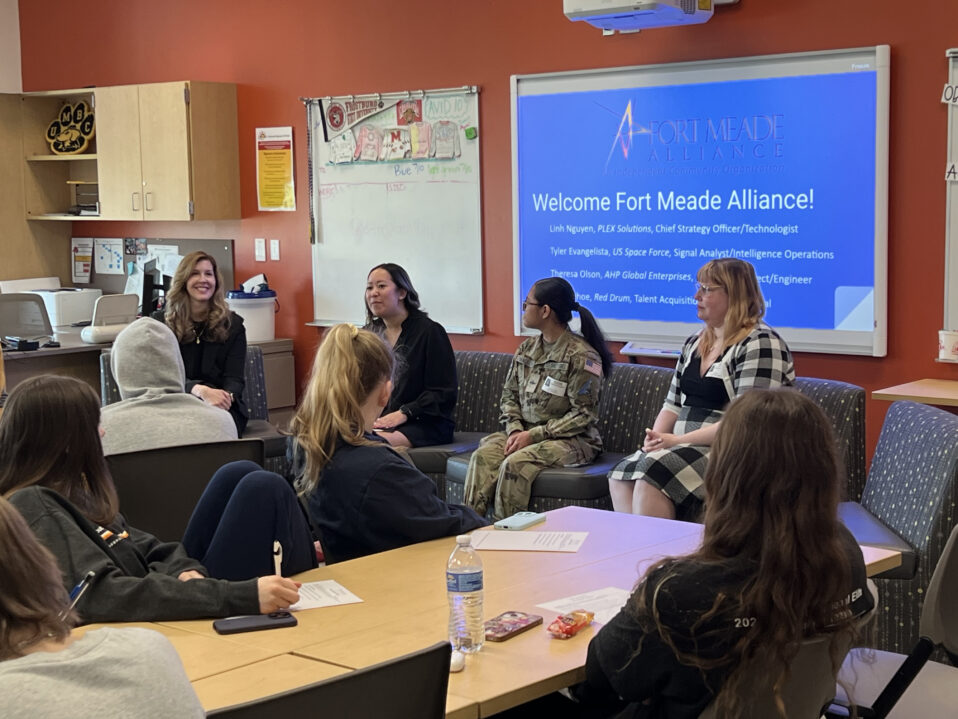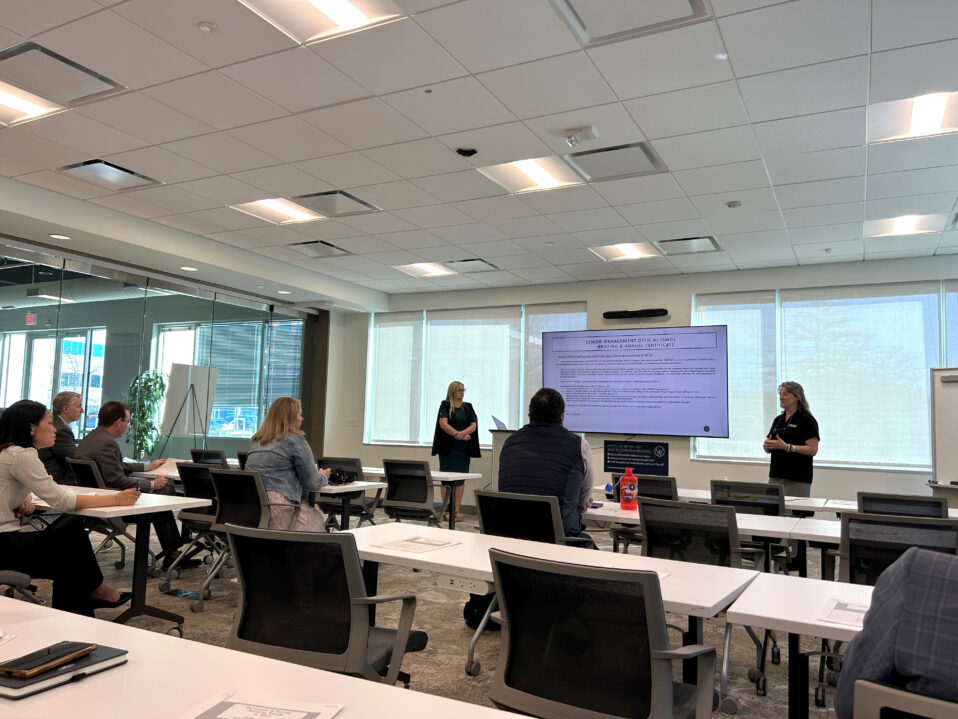 It’s a Catch-22 situation that is restricting the growth of the cyber workforce. To build a career in cyber security/information technology (CS/IT), workers must acquire hands-on, workplace experience. But to qualify for many entry-level positions, applicants must already have one to three years of IT or cyber work experience.
It’s a Catch-22 situation that is restricting the growth of the cyber workforce. To build a career in cyber security/information technology (CS/IT), workers must acquire hands-on, workplace experience. But to qualify for many entry-level positions, applicants must already have one to three years of IT or cyber work experience.
So how does a student, young professional or career changer clear that hurdle?
That situation was one of the most difficult challenges that the FMA Education and Workforce Steering Group dug into while developing a white paper on growing the CS/IT workforce.
“By meeting multiple times, the steering group uncovered some big a-ha’s. This was one of them. We realized that creating opportunities to gain workforce experience is a more difficult mountain to climb than we previously understood,” said Maureen McMahon, Deputy Superintendent of Anne Arundel County Public Schools (AACPS).
The quest for experience is complicated by several things.
Employers are often concerned that high school and college students could only shadow employees and lack the training and skills to be tasked with duties and become productive members of the staff.
“Many businesses are willing to take on interns if they can add to the productivity of the company,” said Kirkland Murray, President and CEO of the Anne Arundel Workforce Development Corporation. “So our challenge is to create those experiences.”
Members of the steering group are already discussing – and in some cases, advancing – options to build more hands-on work into CS/IT education and create more opportunities for internships and other work experiences.
Project-based learning – whether through the cyber range at Meade High School, grade school IT classes, STEMCore or other programs – gives students experience working on a real-life technology challenge. It also creates a low-stakes scenario that provides employers with insights on students’ capabilities and possibly convinces them to bring a high school or college intern.
In addition to increasing its project-based learning activities and opportunities to earn IT certifications in high school, AACPS has also expanded its efforts to secure internships for students.
“We have made breakthroughs with some companies,” McMahon said. “Paypal is a good example. We were able to work with that company to get through their initial barrier which was their previous belief that a high school student wouldn’t have the skill set to be a successful intern.”
The company has since concluded that students in the STEM Magnet program have sufficient skills to intern at Paypal. AACPS has made similar breakthroughs and established internships with local hospitals, NASA’s Goddard Space Flight Center, several small companies with inhouse IT shops, and even NASCAR.
A growing practice at U.S. Cyber Command, the National Security Agency and the Defense Information Systems Agency “to move more work into unclassified environments could also create more opportunities to gain CS/IT experience at all levels,” said FMA President Doreen Harwood.
“As the amount of unclassified work grows, CS/IT employers will have to be very purposeful in expanding their intern workforces to adequately address the additional work opportunities as well as increase their overall talent pipeline,” Harwood said.
Jim Allen, Executive Vice President of Booz Allen Hamilton, adds that the industry will need internship initiatives that can scale in order to meet the large and growing need for CS/IT professionals. “We really need hundreds of people on an ongoing basis to be gaining experience, not small handfuls of people in individual companies. Small-scale programs don’t really move the needle.”



